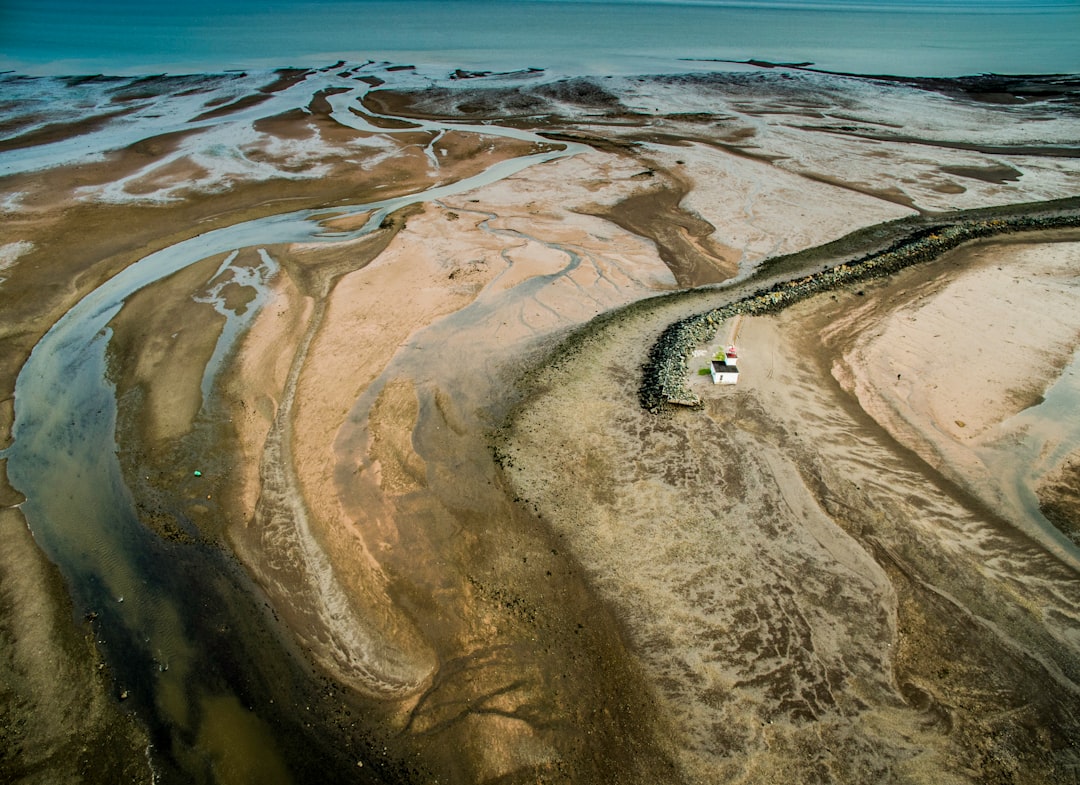What is it about?
The purpose of this paper is to evaluate trends of water quality in Tafna catchment and to compare several WQIs perceived as simple, basic and the most important indices for water quality assessment. Their mathematical structure, set of parameters, calculation, aggregation formula and flaws have also been detailed using the same set of data, with the objective of observing the performance of each one in water quality assessment; the comparison has been made using 10 WQIs (Canadian Council of Ministers of the Environment Water Quality Index (CCMEWQI), National Sanitation Foundation WQI (NSFWQI), Dinius WQI (DWQI), Oregon WQI (OWQI), Department of Environment WQI (DOEWQI), British Columbia WQI (BCWQI), Universal WQI (UWQI), ISQA (the Catalan water agency WQI), Overall Index of pollution (OIP) and Aquatic Toxicity Index (ATI)). These WQIs have been implemented on some wadis and reservoirs within the Tafna catchment.
Featured Image

Photo by Jon Flobrant on Unsplash
Why is it important?
Water quality indices (WQIs) are necessary for resolving lengthy, multi-parameter water analysis reports into single-digit scores; different WQIs have been developed worldwide, which greatly differ in terms of mathematical structures, the numbers and types of variables included, etc. The aim of this paper is to evaluate trends of water quality in Tafna basin with a comparison of 10 WQIs perceived as the most important indices for water quality assessment.
Perspectives
The results show that the Tafna basin (a transboundary catchment) always needs strategies for more effective pollution control management. Future use of WQIs in this way should prove a valuable tool for environmental planning decision-makers in tracking water quality change.
Prof. Abdelkader Hamlat
University of Laghouat
Read the Original
This page is a summary of: Status and trends of water quality in the Tafna catchment: a comparative study using water quality indices, Journal of Water Reuse and Desalination, March 2016, IWA Publishing,
DOI: 10.2166/wrd.2016.155.
You can read the full text:
Contributors
The following have contributed to this page










